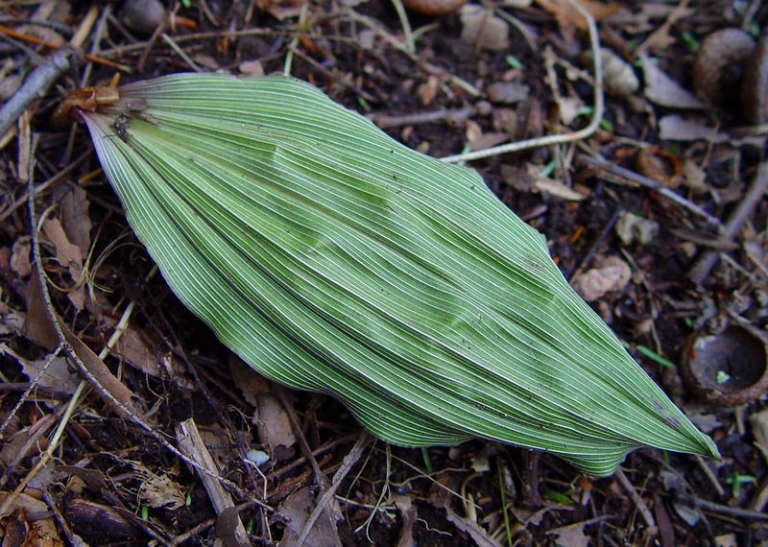
This here story is a tale about a very interesting native plant that just happens to be one of the many species of orchids that grow wild in our lush mountains and valleys.
Some may find it hard to believe that orchids grow in West Virginia, but it's no fantasy. More than 20 species grow right here. Of course, I’m sure when you hear the term orchid, you think of a prom corsage—typically a cattleya hybrid—and rightly so. Plants are grouped in families based on their flower structure, and if you take a 10-power hand lens and look at the architecture of one of our many native orchids flowers, you’ll see that they are identical to the tropical orchids.
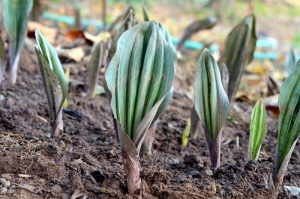
The difference is in how they grow and where they grow. In the tropics, they grow epiphytically, on trees—not as parasites, but as epiphytes, organisms that take nothing from their hosts and give nothing back. In temperate areas, like West Virginia, they grow terrestrially, on the ground.
"Putty Root" and "Adam-&-Eve" are two of the common names for Aplectrum hyemale.* The generic name "aplectrum" comes from the Latin root A- (without) and plectron (spur), describing flowers that have no spurs. The specific epithet, or second word, hymeale, means "winter" and refers to the orchid's solitary leaf, which persists all winter.
Its single leaf, with beautiful, parallel silver veining, can grow up to 10 inches long and three inches wide. In the spring, it vanishes, and a 12- to 18-inch pencil-thick stem of greenish-yellow with purplish orchid flowers appears a few weeks later and persists for weeks.
In this instance, the common names are quite accurate. They refer to two interesting characteristics of this unusual plant. First of all, "Putty Root" informs you of the fact that Native Americans used the glutinous matter derived from crushing the bulb of the plant to mend broken pottery and fasten objects together. "Adam & Eve" is a reference to the growth habit of the bulbs. The leaf and flower arise from the current season's growth while the previous year’s bulb is still present. So, as in the biblical tale, the new growth, Eve, springs forth from the previous year's bulb, Adam. One way of propagating the plant is to cut Adam away from Eve with a sharp knife and replant him.
Aplectrum hyemale usually sets copious amounts of dust-like seeds in attractive looking, pendulous pods, which are the color of paper bags. This is one of the easier orchids to grow from seed. Pour boiling water over a pot of soil to sterilize it, let it cool, sprinkle the seeds over the soil, then cover them with a dusting of fine Granite Grit to discourage the growth of lichens, mosses, and algae and to prevent slugs from eating your seedlings. Set it outside, and let nature take its course. The seeds will usually germinate the following spring, and in a few years, you will have hundreds of flowering plants.
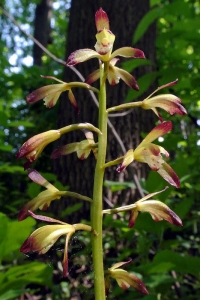
I can't really recommend companion plants for Aplectrum hyemale because, for my tastes, I have found that it looks best on its own in a natural-looking colony. I'm sure that if space is a problem in your garden, you can use your imagination and find a pleasing neighbor for your plantings of it. Unlike some terrestrial orchids, there seems to be no apparent mycorrhizal fungal requirement for these plants to grow happy and healthy in a normal garden environment.
Aplectrum hyemale is a woodland plant that, in the wild, can be found in the shade in rich, moist woods. If these conditions exist in your garden, they will be very happy there, and, before long, you will have a nice little colony of these eye-catching plants bound to strike up a conversation among visitors to your garden.
*If you've read any of my previous columns, you know how I feel about common names: The scientific names of plants usually ensure that two people involved in a conversation about a particular plant can be reasonably sure that they are talking about the same plant.
Sign up for Barry Glick's newsletter at Sunshine Farm & Gardens, provider of uncommonly rare and exceptional plants for the discriminating gardener and collector.


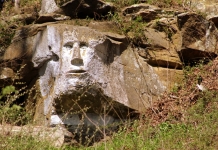


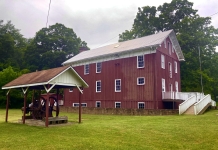
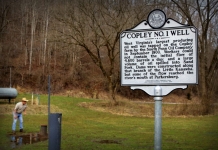
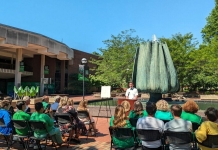
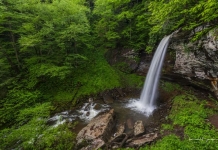






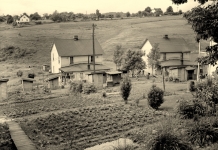
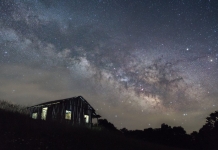





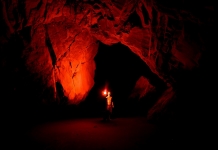
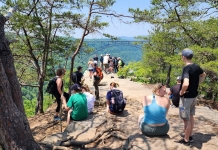







Facebook Comments